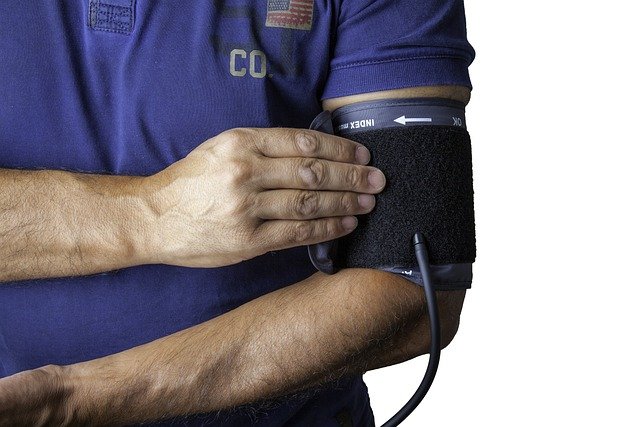When to seek professional help during alcohol reduction efforts
Reducing alcohol consumption can be a personal and gradual process, but there are moments when professional guidance improves safety and outcomes. This article outlines common signs that indicate a need for medical or therapeutic support, explains how different services can help, and describes practical steps to consider while pursuing sobriety and recovery.

Reducing alcohol intake often begins with personal commitment and changes in daily habits, yet some patterns of drinking and symptoms call for external support. Understanding when to reach out for professional help can protect health, reduce the risk of severe withdrawal, and strengthen long-term abstinence goals. This piece describes medical, psychological, and practical indicators that suggest professional care may be warranted, while also highlighting strategies such as tracking, mindfulness, and lifestyle changes that complement clinical treatment.
This article is for informational purposes only and should not be considered medical advice. Please consult a qualified healthcare professional for personalized guidance and treatment.
How do sobriety and recovery differ?
Sobriety typically refers to the state of not drinking alcohol, while recovery is a broader, ongoing process that addresses behavior, health, and social functioning. Recovery can include setting clear goals, developing new habits, engaging in therapy, and building a support network. People pursuing abstinence may need help translating short-term sobriety into durable change; a therapist or counselor can help identify triggers, craft relapse prevention plans, and align lifestyle elements—like nutrition, sleep, and exercise—with recovery objectives.
Both sobriety and recovery benefit from routine tracking of progress. Monitoring daily cravings, sleep quality, and exercise patterns can reveal trends that inform treatment decisions.
When is withdrawal a medical concern?
Withdrawal ranges from mild anxiety and sleep disturbance to severe symptoms such as seizures or delirium tremens. Warning signs that warrant medical attention include a history of heavy drinking, past severe withdrawal, confusion, high fevers, persistent vomiting, or tremors that interfere with basic functioning. If you or someone in your area experiences intense withdrawal symptoms, seek medical evaluation promptly; supervised detox with medication and monitoring can be lifesaving.
Discussing withdrawal risk with a primary care provider or addiction specialist before stopping alcohol can help determine whether inpatient or outpatient supervision is safer.
How can cravings and mindfulness be managed?
Cravings are common and can ebb and flow during recovery. Mindfulness techniques—such as brief breathing exercises, urge surfing, and grounding practices—can reduce the intensity and frequency of cravings by shifting attention and lowering physiological arousal. Cognitive-behavioral strategies help reframe thoughts that lead to drinking and encourage development of alternative coping habits.
Combining mindfulness with structured supports, like peer groups or a sponsor, often improves resilience against triggers and strengthens commitment to abstinence.
What role do support and therapy play?
Support networks and professional therapy address both practical and emotional aspects of recovery. Individual therapy provides a confidential space to explore underlying contributors to drinking and to set realistic goals. Group therapy and peer-support options offer shared experiences, accountability, and practical tips for handling social situations.
Therapists may integrate motivational interviewing, CBT, or contingency management to help reduce relapse risk. If cravings, mood symptoms, or social pressures are overwhelming, escalating to formal treatment can be beneficial.
How do habits, nutrition, sleep, and exercise help?
Lifestyle factors strongly influence recovery outcomes. Regular exercise can reduce anxiety and improve sleep, while balanced nutrition supports brain healing and mood stabilization. Poor sleep and irregular habits increase vulnerability to cravings and relapse; conversely, consistent routines promote stability and better decision-making.
Practical steps include scheduling physical activity, prioritizing whole foods that support energy and mood, and tracking sleep patterns to identify and address disturbances that might impair recovery.
How to set goals, track progress, and prevent relapse?
Clear, measurable goals—such as days abstinent, reduced craving frequency, or improved sleep—help maintain focus. Tracking tools, from simple journals to apps, make progress visible and highlight patterns that predict relapse. Planning ahead for high-risk situations, rehearsing refusal skills, and arranging immediate social or professional support if urges intensify are key relapse-prevention tactics.
If slip-ups occur, evaluation by a clinician can determine whether medication-assisted treatment or adjusted therapy support is advisable to return to recovery and strengthen long-term abstinence.
Conclusion
Recognizing when personal efforts to reduce alcohol are insufficient is an important step toward safer, more sustainable recovery. Medical supervision may be necessary for withdrawal risks, while therapy and structured support address behavioral and emotional needs. Combining clinical care with practical strategies—mindfulness, healthy habits, tracking, and clear goals—creates a comprehensive approach that supports long-term sobriety without relying on speculation or one-size-fits-all claims.






